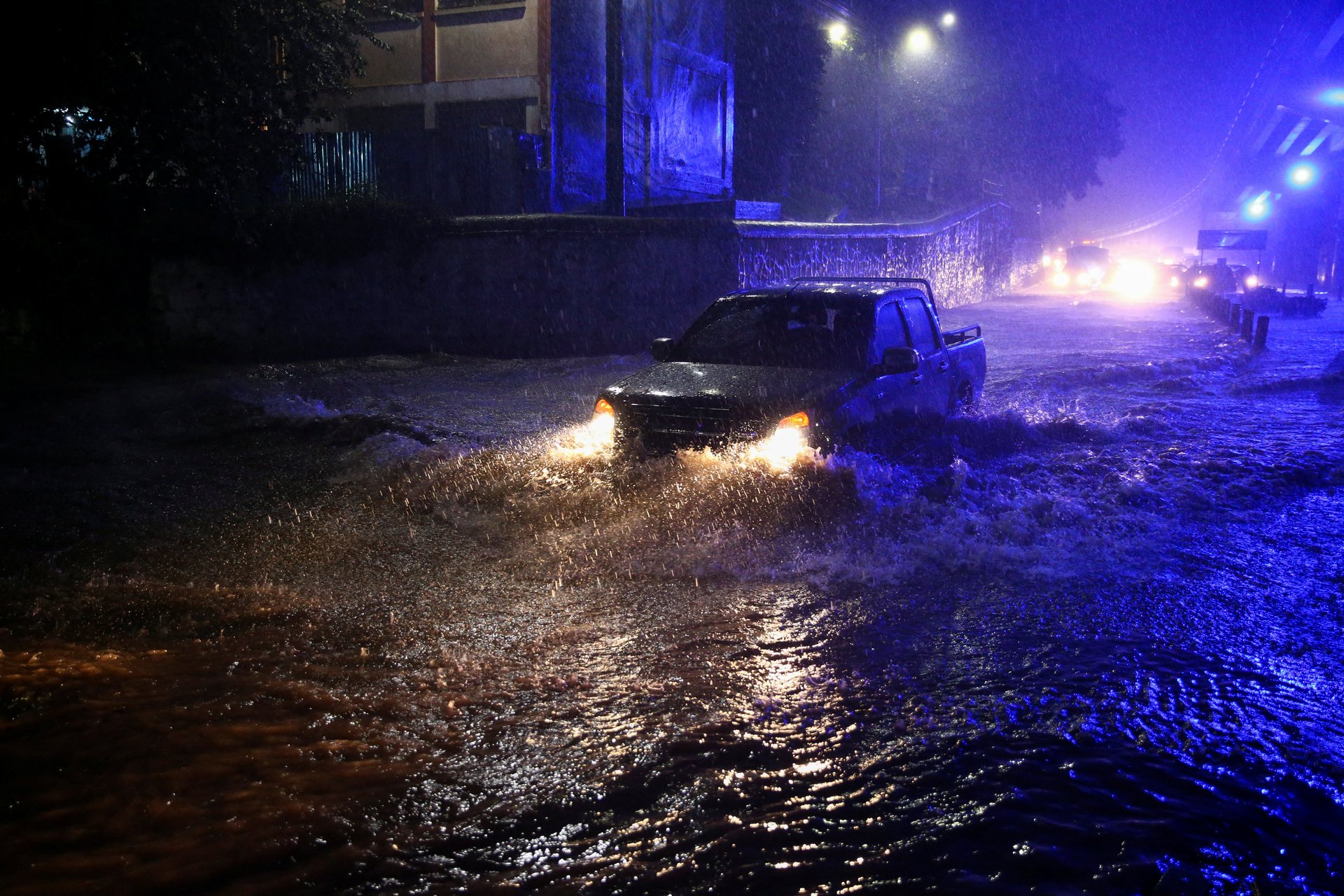After the slowest start in decades, hurricane season may be heating up
Bad weather in the Gulf of Mexico would throw a wrench in the global energy market.

In May, US government meteorologists had predicted a busy season for hurricanes in the Atlantic Ocean, citing above-average sea surface temperatures and monsoon conditions in west Africa. But then, crickets: Since June, there has been just one relatively weak hurricane (Bonnie) and two tropical storms large enough to merit a name (Alex and Colin). That’s the least active start to the season in at least 30 years.
One reason is that dry, dusty air from the Sahara Desert has hung over the ocean for longer than usual. Another is an atmospheric phenomenon called a tropical upper-tropospheric trough, which has lingered over the Caribbean and contributed to dryness and high upper-level winds that tend to break storms down instead of build them up.
More storms could form in the Atlantic
But there’s still plenty of time for the season to bounce back. Most big Atlantic hurricanes happen between September and November. And meteorologists are currently tracking at least two storm systems in the center of the ocean that have the potential to develop into hurricanes. If major storms do eventually reach the Gulf of Mexico and lead, as they often do, to the shutdown of offshore oil and gas production, they could throw a wrench in the global energy market—especially since Europe is approaching a self-imposed deadline to cut off oil imports from Russia and will be in dire need of supplies from the US.
